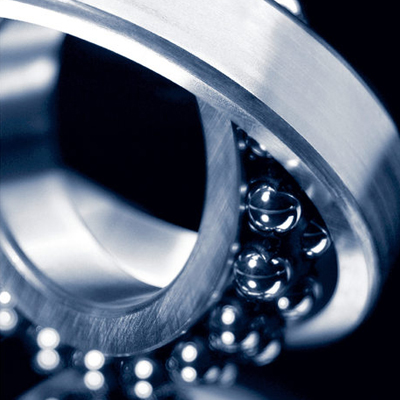

If, for structural reasons, no oil lubrication is possible or if a cooling function is not required, a lubricating grease is used in most cases. Greases consist of a base oil that is bound by a thickener (soap). This ensures that the lubricant remains at the lubricating point. There, it ensures permanently effective protection against friction and wear and seals the lubricating point against external influences such as moisture and foreign matter. Greases are often used for rolling and friction bearings, spindles, fittings, seals, guides, but also at chains and gears.
If, for structural reasons, no oil lubrication is possible or if a cooling function is not required, a lubricating grease is used in most cases. Greases consist of a base oil that is bound by a thickener (soap). This ensures that the lubricant remains at the lubricating point. There it ensures permanently effective protection against friction and wear and seals the lubricating point against external influences such as moisture and foreign matter. Greases are often used for rolling and friction bearings, spindles, fittings, seals, guides, but also for chains and gears.
| Characteristic | Standard | Description |
| Base oil viscosity | DIN 51561 | Influences the speed range and load capacity of a grease |
| Drop point | DIN ISO 2176 | Exceeding this temperature will result in destruction of the grease structure |
| Operating temperature | DIN 51805 DIN 51821/2 (roller bearings) |
Temperature range of the optimal performance at roller bearing greases |
| Speed parameter (DN value) | Maximum rotating speed up to which a grease can be used in a roller bearing | |
| Consistency | DIN ISO 2137 | Dimension for the stability of a grease (worked/unworked penetration) |
| NLGI grade | DIN 51818 | Classification to the consistency classes to DIN ISO 2137 |
| Four-ball test | DIN 51350 | Determining of the wear protection and of the maximum load capacity of a roller bearing grease |

